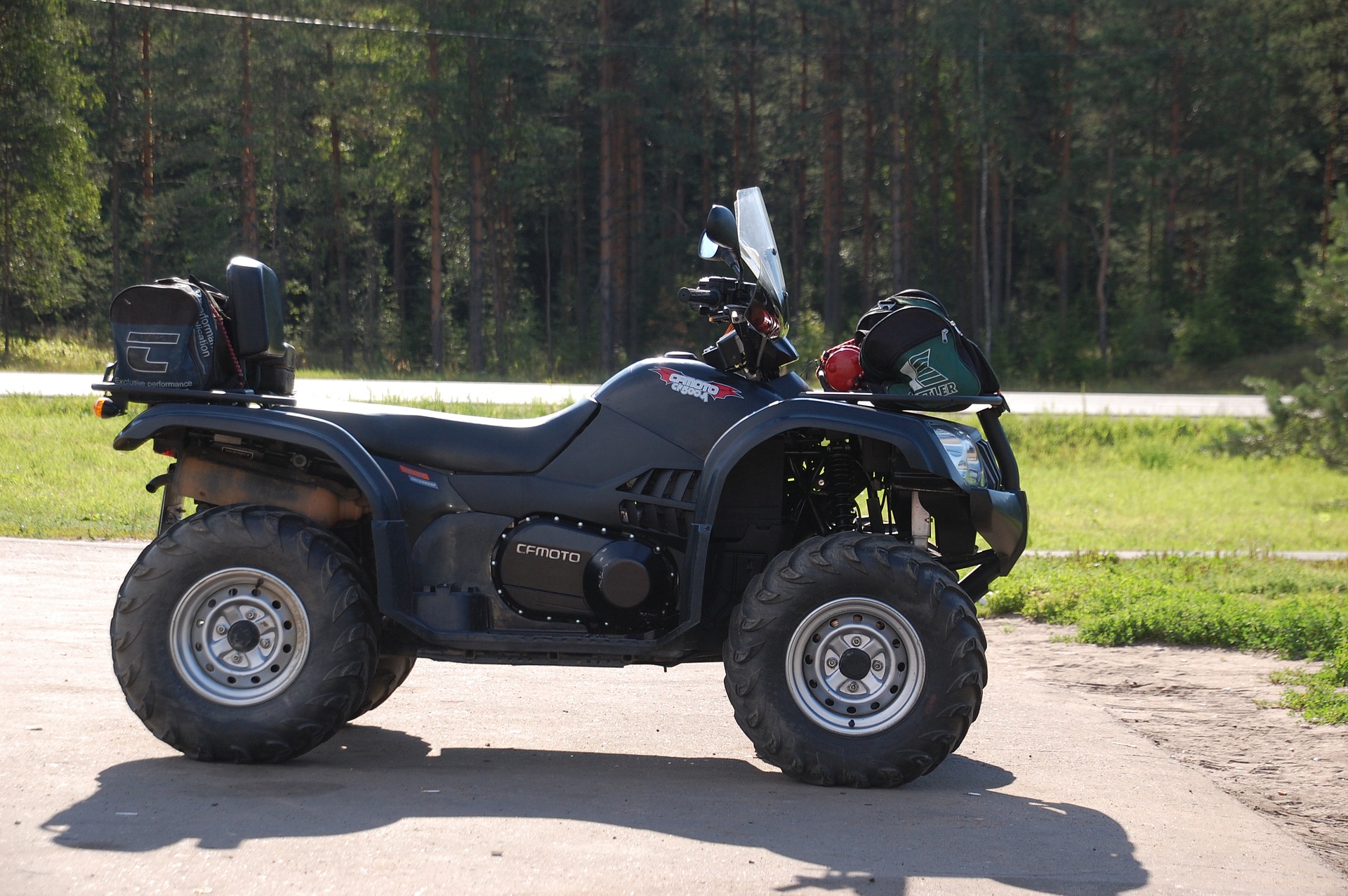With many riders excited to get their offroad vehicles out again, the RCMP and Alberta Injury Prevention Centre are reminding people to know their safety rules before revving up.
With summer ongoing and the Long Weekend coming, The RCMP says off-road vehicles are considered motor vehicles that are all still subject to traffic laws.
This goes for all four-wheel-drive vehicles, low-pressure tire vehicles, motorcycles and related two-wheel vehicles, amphibious vehicles, ATVs, utility terrain vehicles, miniature motor vehicles, snow vehicles, minibikes or any other that can travel over natural land.
Beyond the law, the RCMP and Injury Prevention Centre are trying to promote people being safe on their rides. According to Alberta Transportation stats, on average, approximately 19 people are killed while operating OHVs in Alberta every year.
Inspector Chris Romanchych of the Alberta RCMP Traffic Services says in 2019 alone, there were 12 deaths and 173 serious injuries, but knowing the safety rules and how to operate their ORV is the key to making sure this doesn’t happen.
Among the key things people should do is not drive after having been drinking or taking any drug. From 2002-2019, 59 per cent of all ATV-related fatalities involved the consumption of alcohol.
Riders should also put on a CSA approved helmet because, in addition to carrying a $162 fine, thirty-nine per cent of all fatalities were a result of head injuries. Of those who died as a result of head injuries, 68 per cent were not wearing a helmet.
Dr Kathy Belton with the Injury Prevention Centre adds people should make sure the OHV they’re riding is the right size for them, and not double up on a single person machine, as these are prone to rollover.
It’s also recommended that someone only ride OHVs during daylight hours and in fair-weather conditions, avoid steep, slippery, or unstable terrain and ride in areas they are familiar with or with someone who knows the lay of the land.




